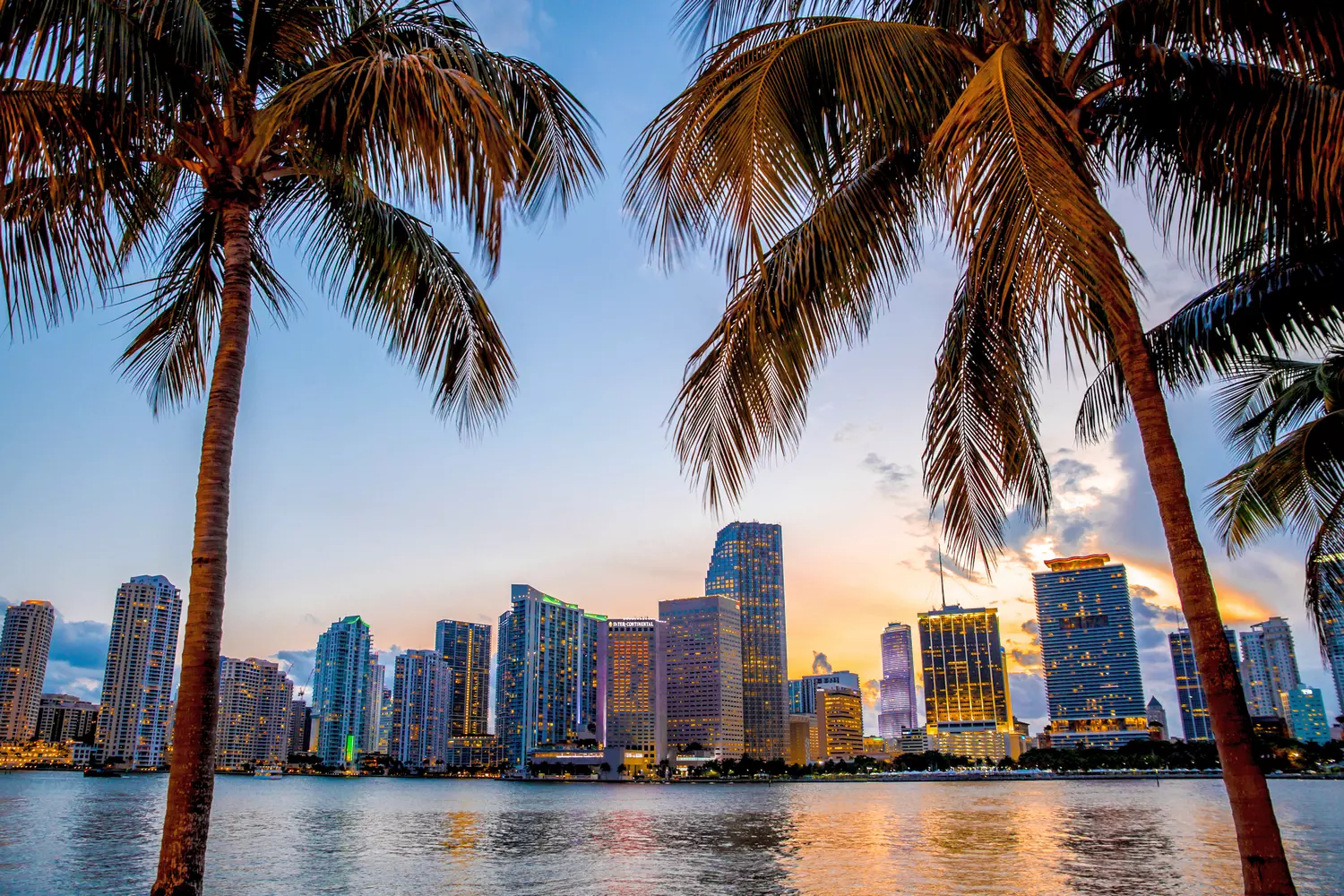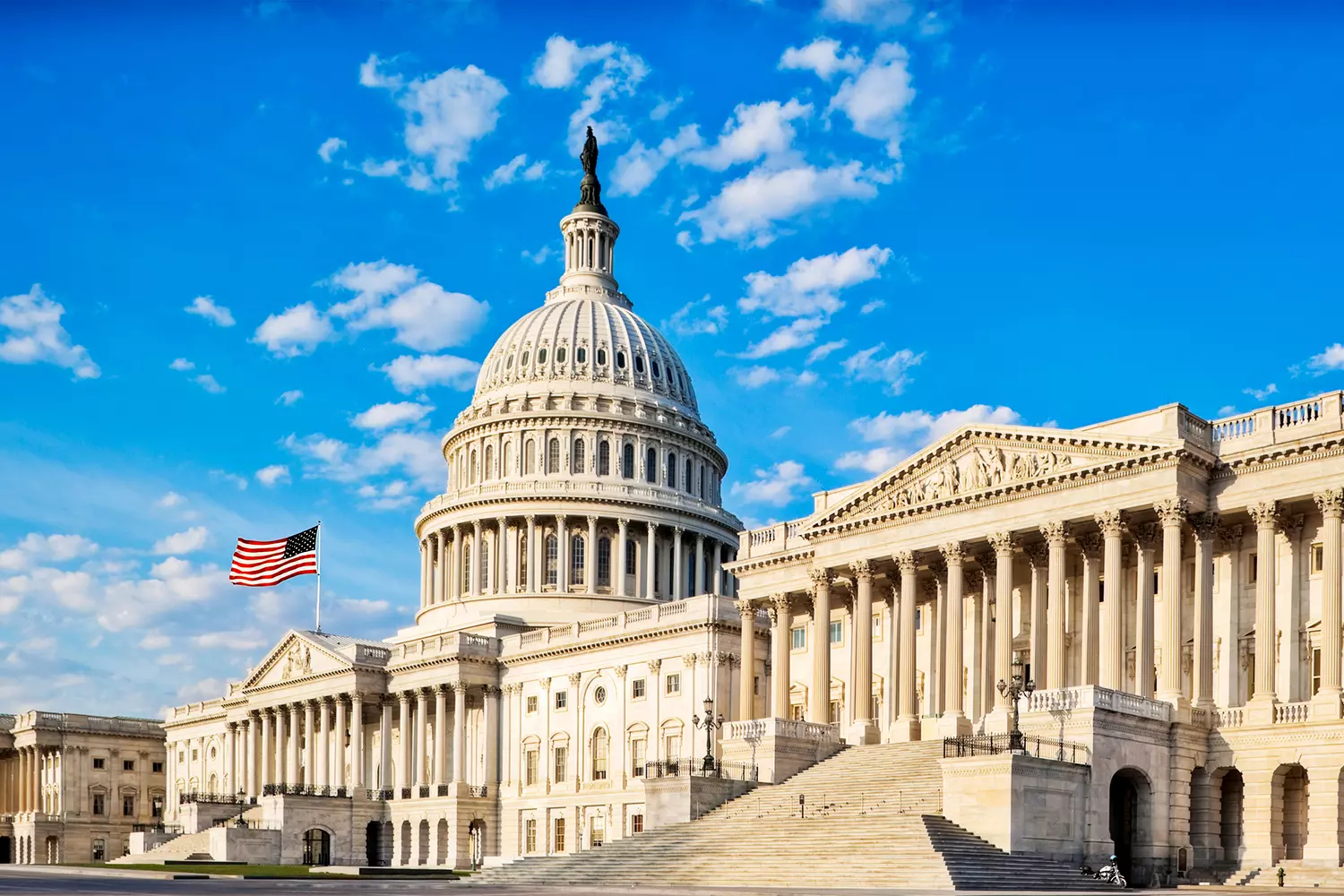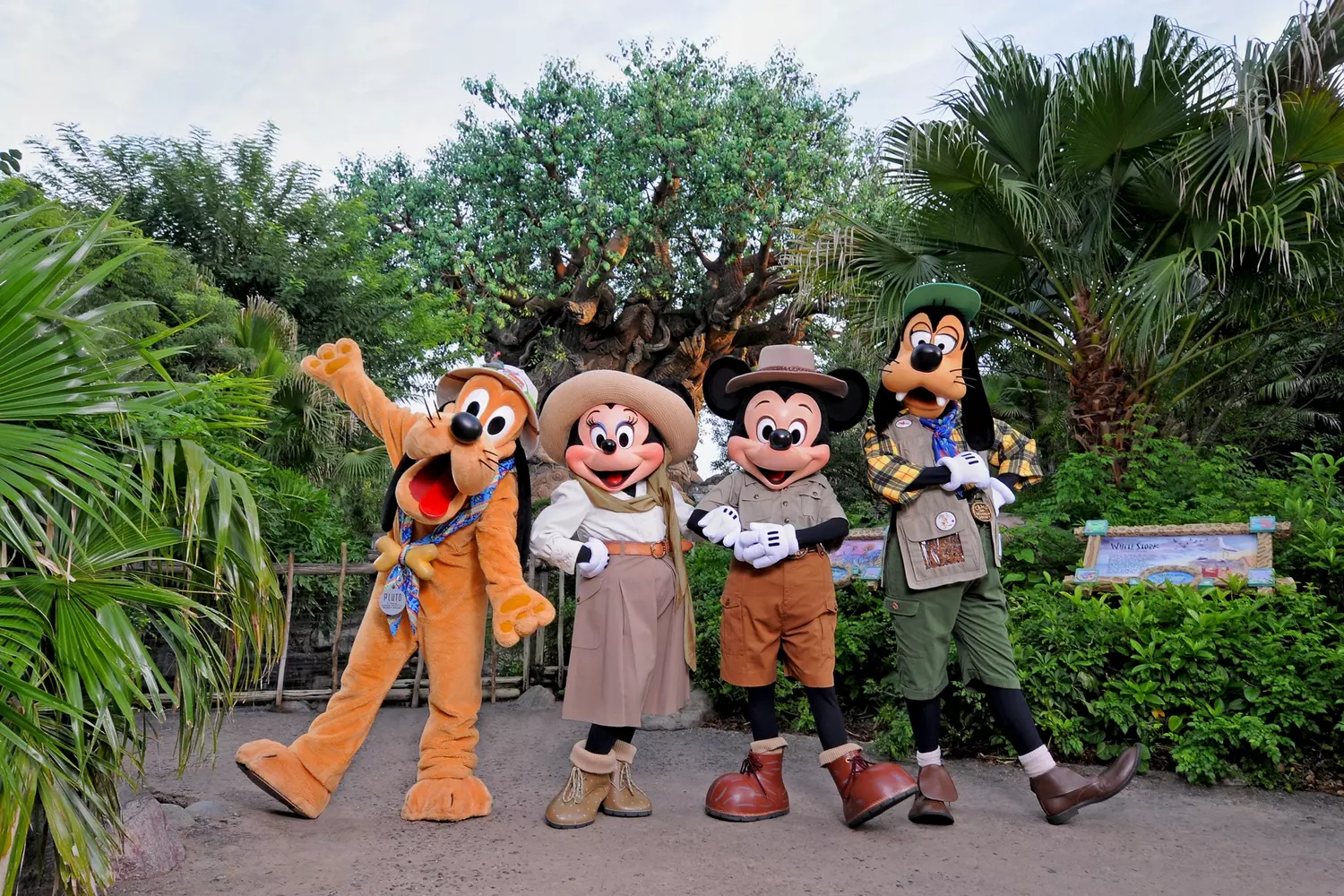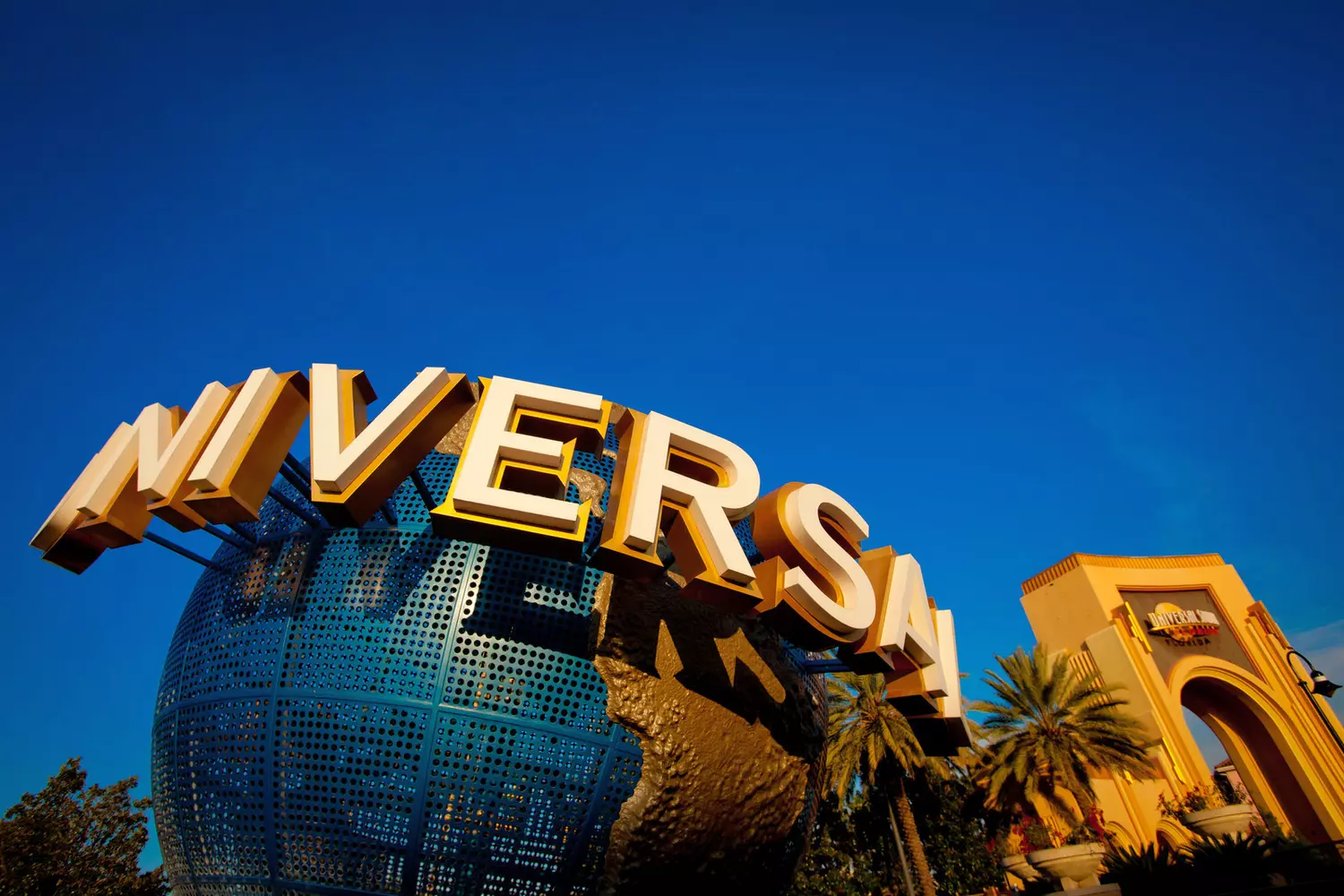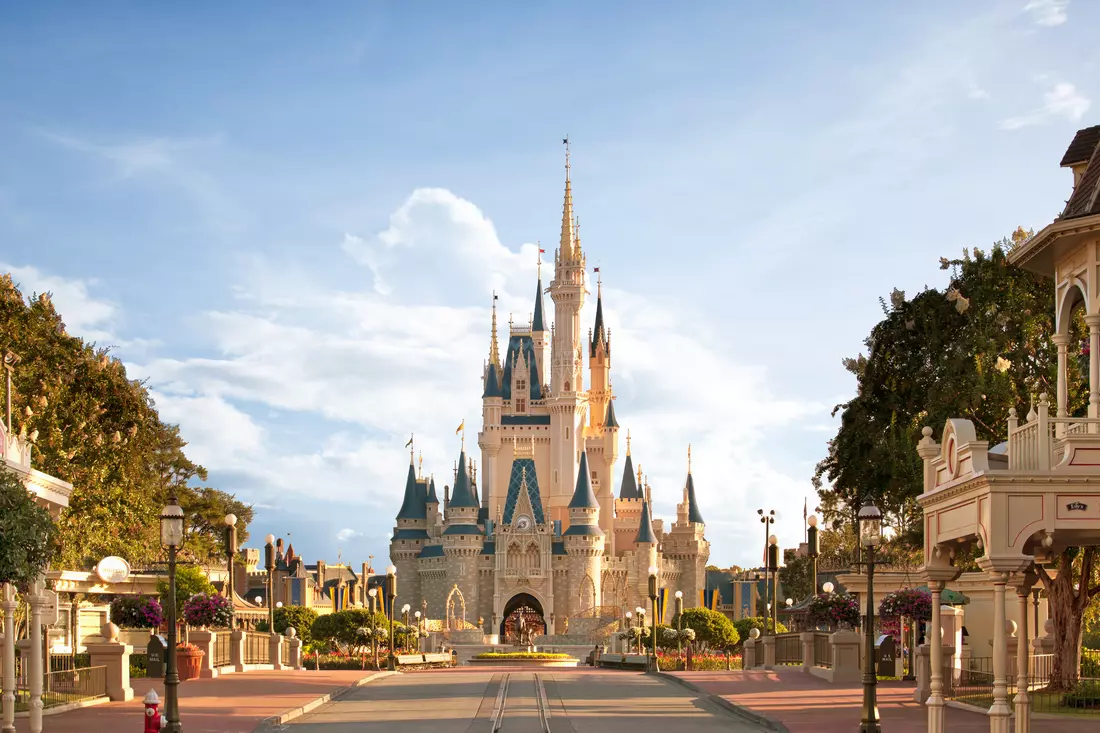In the minds of many, America is either the sparkling skyscrapers of Manhattan or the endless canyons and deserts of national parks. But between these images lies a vast layer of life, almost invisible to tourists — the land of suburbs, the so-called “one-story America.” Here, there are no city streets buzzing at night, and horizons aren’t pierced by mountain peaks. Instead, there is something different: quiet streets laid out in neat rows, green lawns, the scent of freshly cut grass, the steady barking of dogs, and friendly waves from neighbors who know you by name.
One-story America is not just an architectural style; it is a way of life. Here, a home is not a cage in a concrete anthill, but a symbol of personal space and freedom. It is an extension of its owner, reflecting their taste, habits, and dreams. In these homes, the kitchen is often connected to the living room so the family can spend time together, and the windows open onto the backyard — a place for barbecues, playing with children, and quiet evenings.
This is a world where mornings don’t start with a rush into the subway, but with a cup of coffee on the porch; where the biggest traffic jam is the line of school buses; and where neighborhood gatherings turn into small celebrations. And although life here flows slowly, it is in these suburbs that the true American ideal is born and lived — a combination of comfort, privacy, and a sense of community.
In this article, we will take a journey through the suburbs of the USA — from the prestigious districts of New York to the sunny neighborhoods of California, the cozy streets of Florida, the spacious settlements of Texas, and the quiet heartland of the Midwest. We will explore the features of ranch-style architecture, the cultural habits that have developed in “one-story America,” and why life here is not just convenient, but a whole philosophy.
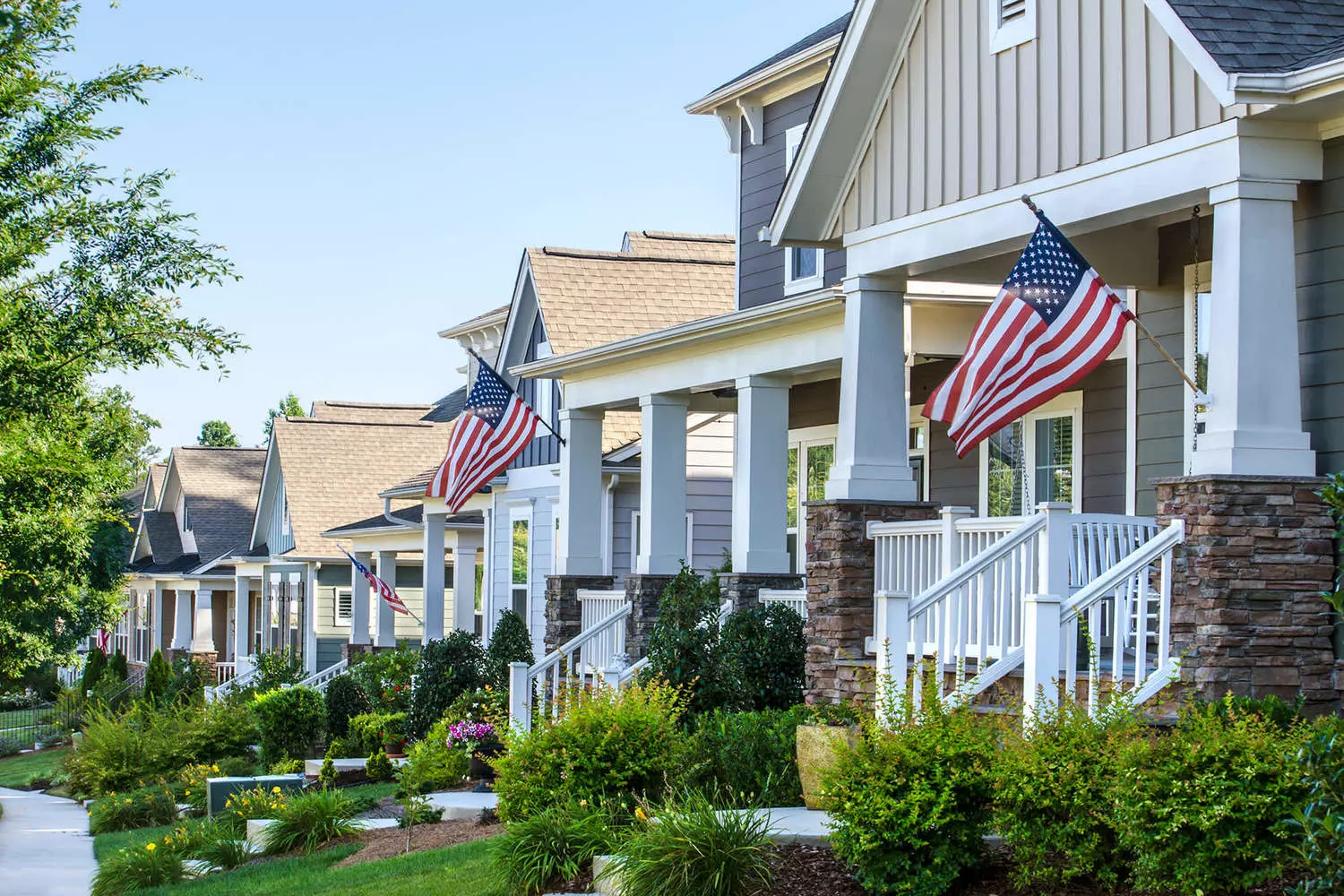
Interesting fact: In the 1950s, up to 1.5 million suburban homes were built each year in the USA — a true boom of one-story living!
The Birth of a Dream: How “One-Story America” Came to Be
The Second World War changed not only the global map but also the very structure of life for millions of Americans. When soldiers returned home in 1945, the country faced two simultaneous phenomena: a demographic boom — the famous baby boom — and a severe housing shortage. Young families wanted their own, even if small, homes, away from the cramped and noisy apartments of the big cities.
Cities were growing, but so were property prices in the center. Life in skyscrapers or old multi-family buildings did not match the postwar vision of prosperity. America dreamed of space, greenery, and fresh air — something that became possible thanks to economic growth and the development of automobile transport.
- 01. Automobile — the key to the suburbs
The emergence of affordable cars played a crucial role in the expansion of cities. Where previously work and housing had to be geographically close, people could now live tens of kilometers from the city center and reach their office in half an hour. This gave rise to mass suburban development — entire residential areas planned from scratch. - 02. The birth of ranch-style
One symbol of this new lifestyle was the ranch-style home — a house inspired by the farm buildings of the American West. Low, single-story design, wide roof, large windows, open floor plan, and a backyard became standard. Such a home was not only practical but also symbolized freedom: no cramped spaces, minimal walls, maximum air and light. Key features of early ranch-style homes:
- Single-story layout — all on one level, convenient for families with children and elderly residents;
- Large panoramic windows connecting the house with nature;
- Kitchen, living room, and dining area — one open space;
- Garage integrated into the house plan (in the 1950s, a car became an essential family asset);
- Backyard as an extension of the living area.
- 03. Economy and mass construction
Postwar construction companies, such as Levitt & Sons, revolutionized housing by applying assembly-line methods. Entire neighborhoods with hundreds of identical houses appeared within months. This made housing more affordable and allowed young families to purchase homes on accessible credit terms - 04. A cultural symbol
By the late 1950s, the single-story suburban home had become part of the “American Dream”. It was more than just a dwelling — it was a social status, a sign of success: having your own plot, a lawn, a garage, and a space for barbecues with neighbors.
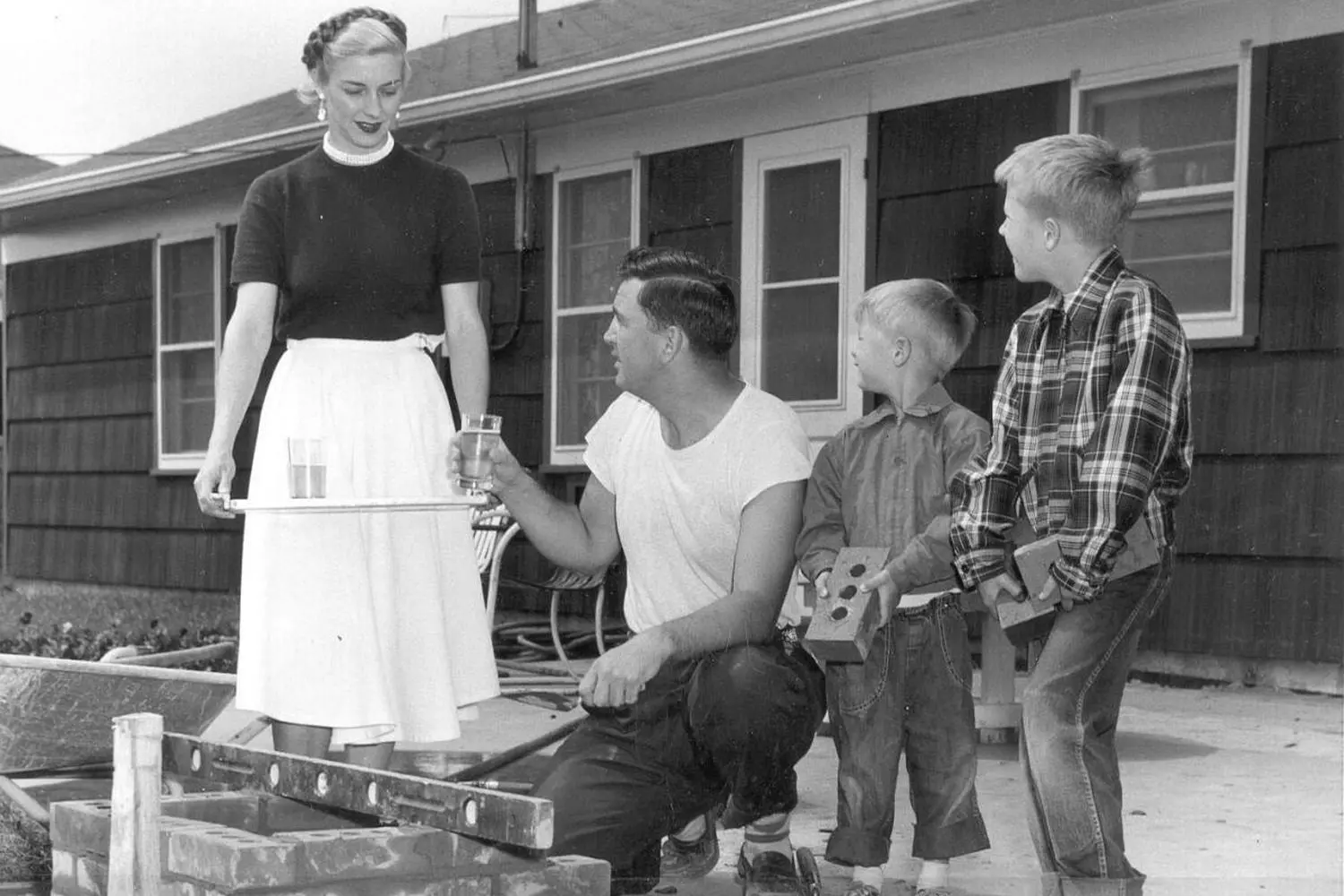
Suburban Architectural Code: From Ranch-Style Homes to Modern Mansions
The American suburb is not just a geographic concept but a visual story of the country, told through architecture. Every street, every house reflects cultural habits, economic realities, and the region’s climate. While styles may vary greatly, they share a common idea: a home should be not only beautiful but also comfortable, functional, connected to nature, and aligned with the rhythm of family life.
- 01. Ranch-style — a symbol of freedom and space
Ranch-style became an icon of postwar America. Its roots lie in the architecture of farm ranches in the American West, where homes were designed to be simple, low-slung, and harmonious with the landscape. After 1945, this style was adapted for the needs of the middle class, becoming a universal solution for families dreaming of their own cozy corner. Key features of ranch-style homes:
- Single-story layout
Everything is on one level, convenient for children, the elderly, and people with limited mobility. - Large panoramic windows
Natural light and a visual connection to the street or garden. - Integrated garage
A new standard in the 1950s, when a car became a status symbol. - Open kitchen and living area
The idea of free space without many walls. - Backyard with barbecue area
A must-have of American life.
Interestingly, many architectural historians call ranch-style the “first truly democratic housing type in the USA” — it was affordable, practical, and suitable for both small families and large extended households.
- 02. Cape Cod — modest charm of New England
The Cape Cod style originates from 17th-century colonial architecture and saw a revival in the suburbs during the 20th century. These homes are compact but cozy and solid. Main features of Cape Cod:
- Steep gable roof, resistant to snow;
- Symmetrical facade composition;
- Small shutters and stone or wooden facades;
- Minimal decoration — functionality and simplicity prevail.
In suburbs, this style is often chosen by those who appreciate “classic” America and prefer coziness over minimalism.
- 03. Craftsman — a home built with soul
The Craftsman style emerged in the early 20th century as part of the Arts and Crafts movement, which opposed industrial standardization. These homes emphasized handcraftsmanship and natural materials. Features of Craftsman homes:
- Low, wide roofs with large overhangs;
- Porches with massive wooden columns;
- Decorative beams and exposed rafters;
- Focus on wood and stone finishes.
Craftsman homes are often seen as “the master’s home” — warm, reliable, created with care rather than assembly-line production.
- 04. Modern suburban — 21st-century technology and comfort
Modern suburban homes (Modern suburban) combine architecture and technology. They use energy-efficient materials, solar panels, smart home systems, panoramic glazing, and layouts that integrate indoor spaces with nature. Features of Modern suburban homes:
- Architectural forms without unnecessary decoration;
- Abundant glass and natural light;
- Open-space floor plans;
- Energy efficiency and eco-friendliness;
- Minimalist yet cozy interior.
The reason is simple — the USA is extremely diverse in climate, history, and culture. In colder states, houses are built with enclosed porches and fireplaces; in sunny states, with large terraces and swimming pools. But everywhere, from the quiet streets of the Midwest to the prestigious districts of California, the main principle is the same: a suburban home is a personal fortress and a reflection of the owner’s character.
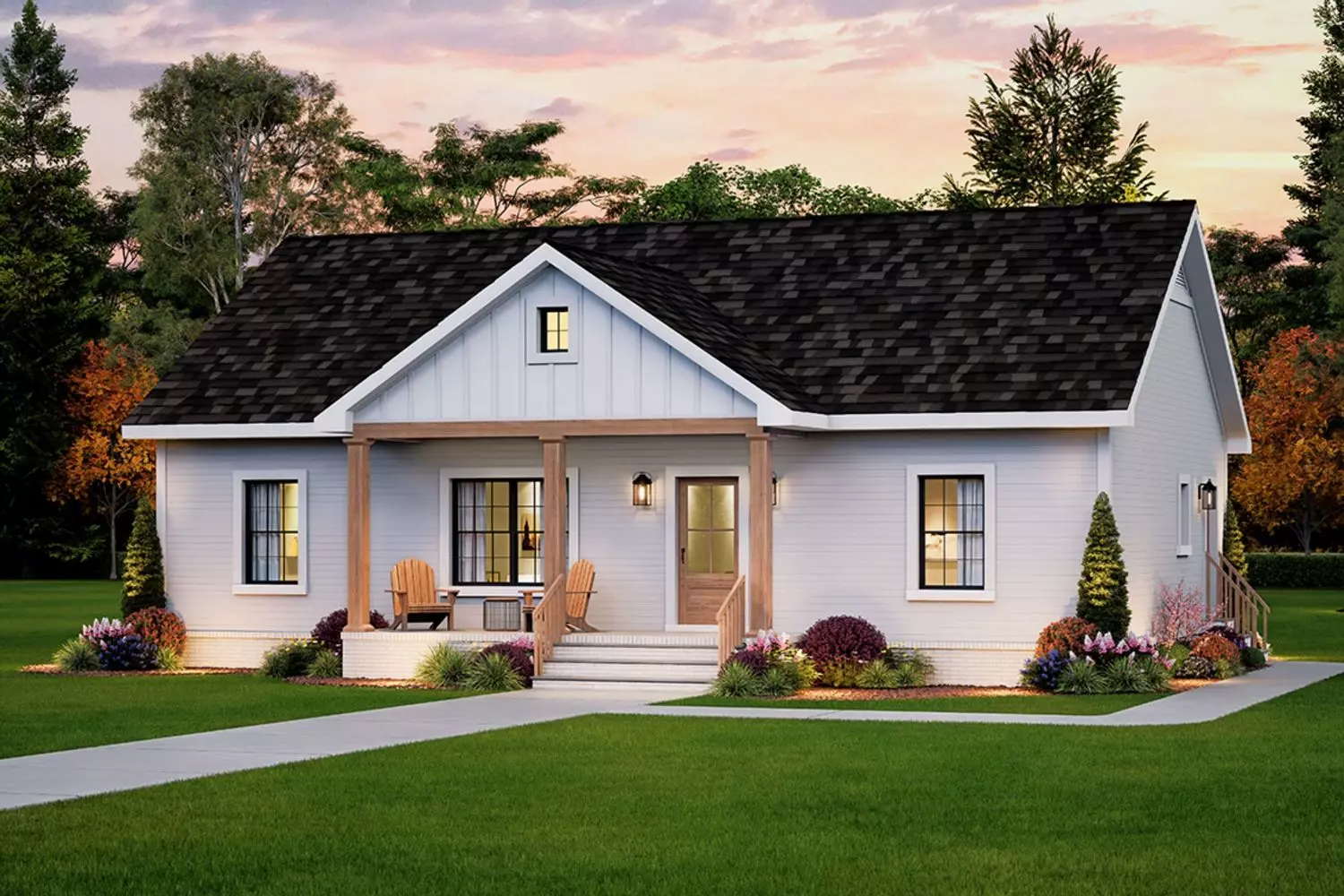
New York Suburbs: Peace and Comfort in the Shadow of the Metropolis
New York is a city that never sleeps. But the residents of the metropolis have a special privilege: just a few dozen kilometers from Manhattan’s skyscrapers, a completely different life begins. This is the suburban area of New York, encompassing not only the state of New York itself but also neighboring New Jersey and Connecticut. Here, skyscrapers give way to tree-lined streets, the honking of taxis is replaced by birdsong, and the view from the window shows green lawns and neat houses.
- 01. Cost of living and real estate
Living near one of the most expensive cities in the world is not cheap. This is especially noticeable in prestigious suburbs such as Scarsdale, Rye, Greenwich, or Montclair. These towns are known for high property prices and are particularly popular among families with children, as they host some of the best schools in the country.
Real estate prices vary greatly depending on proximity to transportation hubs and the quality of the school district. On average, buying a home in a good neighborhood costs several times more than a similar property in rural USA. - 02. Transportation: a quick route to Manhattan
The main feature of New York suburbs is excellent transport accessibility.
- Metro-North Railroad and Long Island Rail Road take residents to Manhattan in 30–50 minutes.
- In New Jersey, NJ Transit and suburban buses are popular.
- Many also choose to drive, but morning traffic on bridges and tunnels is a true test of patience.
This well-developed network makes commuting — daily trips to the city from a quiet suburb — entirely feasible.
- 03. Multicultural tapestry
The suburbs of New York are a true mosaic of cultures.
- In New Jersey, you can find entire Italian neighborhoods where bread is baked according to family recipes.
- In some areas of Westchester and Queens, strong Jewish communities have their own infrastructure, shops, and schools.
- In Connecticut and on Long Island, there are many Asian neighborhoods with restaurants and supermarkets where you can buy products not found in regular stores.
This cultural diversity makes life in the suburbs interesting and varied, and holidays here turn into true international festivals.
- 04. Focus on education
Many families move to New York suburbs specifically for the best schools. School district rankings here are a matter of pride, and competition for admission to top institutions is intense. Children have access to advanced educational programs, sports sections, music schools, and interest-based clubs.
Fun fact: statistics show that graduates of prestigious suburban schools have a higher chance of entering Ivy League universities than their peers from regular New York neighborhoods. - 05. Balance between the metropolis and tranquility
The main advantage of New York suburbs is balance. Residents enjoy:
- Access to the cultural and business life of the city;
- Their own home with a garden and garage;
- Quiet and safety of a small town.
Life here is especially valued by those who want to combine a career in the metropolis with a calm family atmosphere.
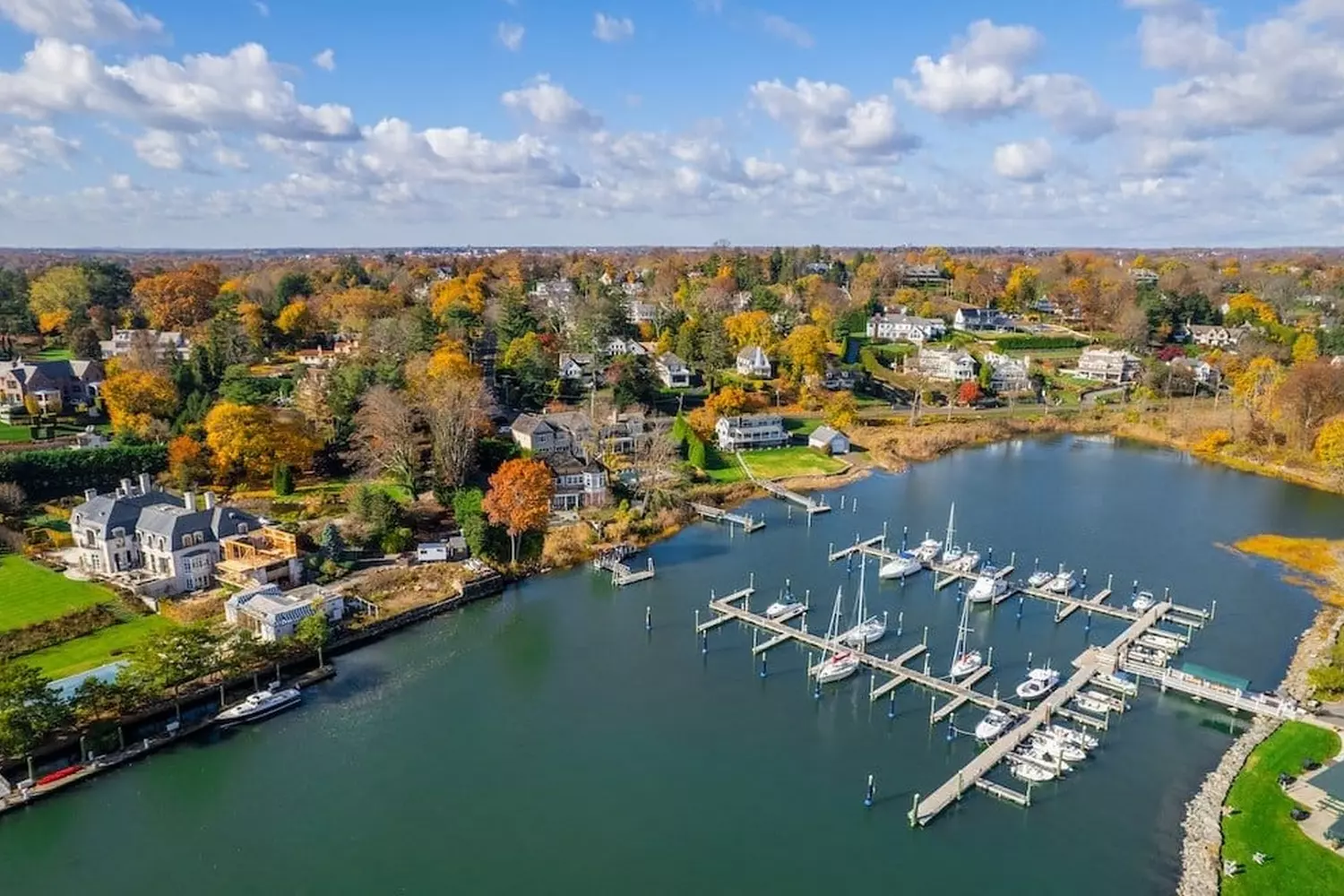
California Suburbs: Living Under the Sun in Harmony with Nature
California is a state where the sun shines almost year-round, and both the ocean and mountains are within walking distance. Here, suburbs are not just places to live — they represent a true lifestyle built around the climate and scenic beauty. Unlike New York, where the suburbs are more of a compromise between career and tranquility, in California they become a symbol of the dream: a spacious home, a backyard pool, morning coffee on a terrace with views of palm trees and mountains.
- 01. Architecture under the sun
In California, suburban architecture is shaped by the climate. Massive brick houses are rare here; instead, light constructions with large windows are popular, literally “blurring” the boundaries between home and nature. Key features of Californian homes include:
- Spacious terraces where much of life is spent;
- Floor-to-ceiling panoramic windows;
- Backyard pools as an integral element;
- Open layouts and lightweight materials;
- Flat or gently sloping roofs — in contrast to snowy states.
Many draw inspiration from the mid-century modern style — minimalism of the mid-20th century, designed to merge interior spaces with the surrounding landscape.
- 02. Ecology and innovation
California is a leader in the US for implementing eco-friendly technologies in construction. Here you can find:
- Solar panels on rooftops;
- Rainwater collection systems for irrigation;
- Energy-efficient building materials;
- “Smart homes” with automated lighting, climate, and security systems.
Residents value sustainable architecture: it’s important not just to live comfortably, but to minimize environmental impact.
- 03. Geography: ocean, mountains, and vineyards nearby
Most Californian suburbs are located so that the ocean or mountains are just 30–40 minutes away. For example:
- Suburbs of Los Angeles such as Santa Monica, Malibu, and Pasadena combine proximity to the metropolis with a resort-like atmosphere;
- Around San Francisco, areas like Palo Alto, Berkeley, Marin County are popular — nestled among hills, vineyards, and bays;
- In the Silicon Valley, suburbs have become home to engineers and entrepreneurs, making them some of the most expensive in the country.
- 04. High cost of living
Living in a Californian suburb means paying for sunshine and beauty. Land prices here are among the highest in the US. A home with a pool in areas like San Diego or Palo Alto can cost tens of millions of dollars. Even a “modest” home in a Los Angeles suburb often exceeds a million dollars. - 05. Outdoor lifestyle culture
The main feature of Californian suburbs is that life extends beyond the house. Terraces, backyards, open kitchens, and barbecue areas are not additions — they are the center of daily life. Residents host poolside parties, family lunches under palm trees, and outdoor yoga sessions.
In this way, the Californian suburb combines architectural aesthetics, advanced technologies, and a unique lifestyle impossible in colder states. It is a place where a home becomes not just a roof over your head, but an integral part of the surrounding landscape and a philosophy of harmony.
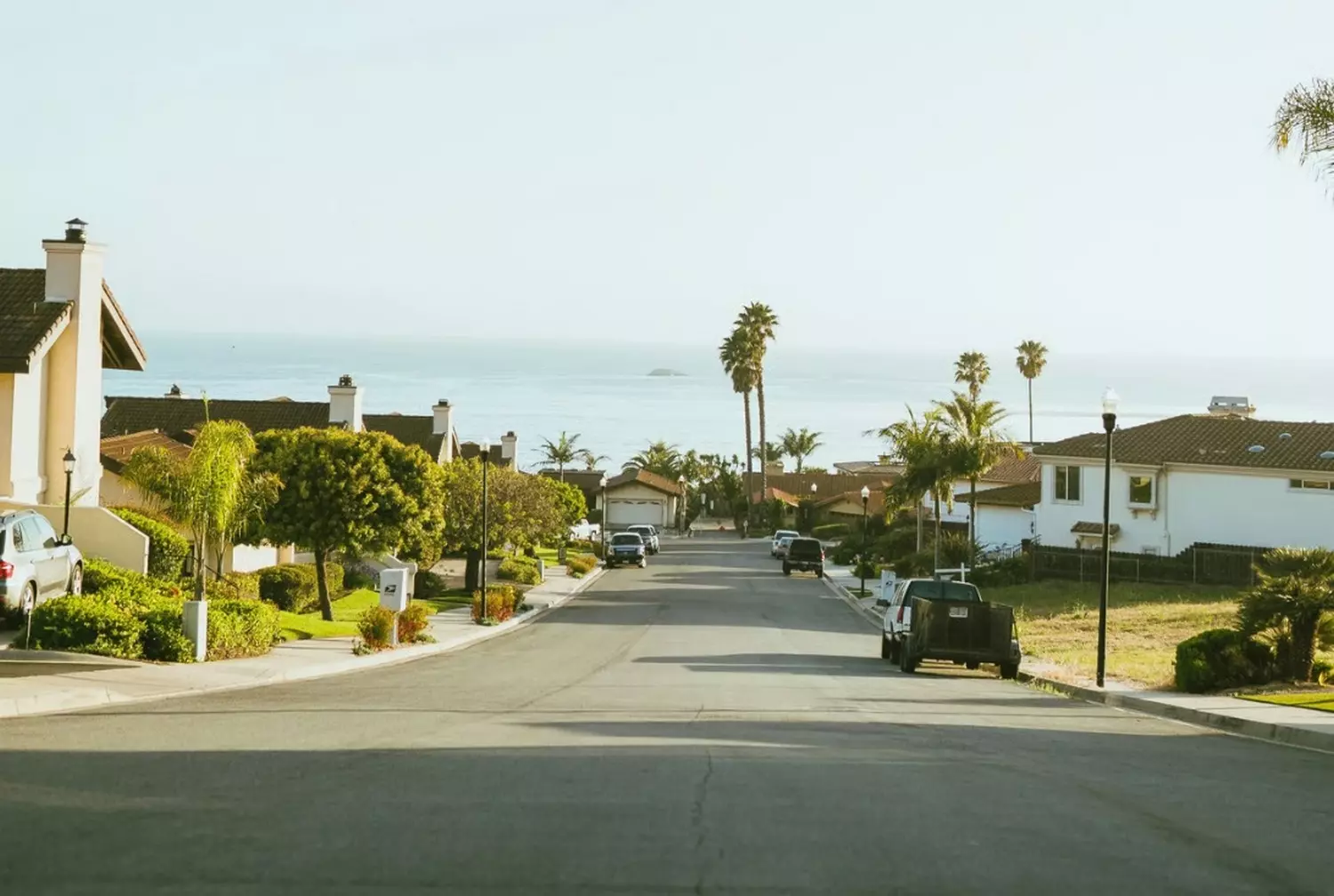
Florida Suburbs: A Palm-Lined Paradise for Relaxed Living and Leisure
Florida is a state where summer lasts all year, and mornings begin with the cries of seagulls and the scent of the ocean. Suburbs here are not just residential areas — they are entire oases of peace and comfort. They attract both retirees dreaming of a warm old age and tourists wanting to enjoy a resort-like atmosphere.
- 01. Retirement communities — towns without rush
One of Florida’s hallmarks is so-called retirement communities — villages specifically designed for people over 55.
- They feature world-class golf courses, hobby clubs, pools, and fitness centers.
- Medical centers are within walking distance, and some complexes even have in-house doctors.
- Safety is a priority: many communities are gated and have 24/7 security.
The most famous example is The Villages, a town home to over 140,000 retirees, where life is scheduled from dance evenings to fishing on local lakes.
- 02. Architecture with a southern character
Florida suburbs are often built in a style combining Spanish and Caribbean motifs. Warm-toned tiled roofs, light stone or stucco facades, arched windows and balconies, courtyards with fountains and patios.
In coastal areas, you can find Key West–style homes — with wooden verandas, shutters, and, of course, hammocks. - 03. Life by the water
Florida is paradise for lovers of the ocean, rivers, and lakes. Many suburban homes have private docks for yachts or boats. Fishing, kayaking, diving, and sailing are part of everyday life.
In towns like Naples, Sarasota, Boca Raton, residents literally have breakfast with an ocean view and can stroll along the beach at sunset. - 04. Gated communities
Gated communities are popular in Florida suburbs — closed neighborhoods accessible only by pass. Inside, everything is designed for comfortable living: sports courts, tennis courts, pools, and green areas for dog walks.
These are especially valued by families and older couples, as the level of security here is among the highest in the US. - 05. Active outdoor lifestyle year-round
Florida’s warm climate allows for sports and outdoor activities all year. Residents enjoy golf, tennis, sailing, fishing, and hiking in coastal parks.
Even in winter, temperatures rarely drop below +20 °C, which is why many people from northern states move here for the “winter season.”
Fun fact: Florida has so many golf courses that if you play a new one every day, it would take almost three years to complete them all.
Thus, Florida suburbs combine a resort-like atmosphere, southern-style architecture, and an active lifestyle. Here, people don’t just live — they savor every day, whether it’s a morning walk along the beach or an evening tennis match with neighbors.
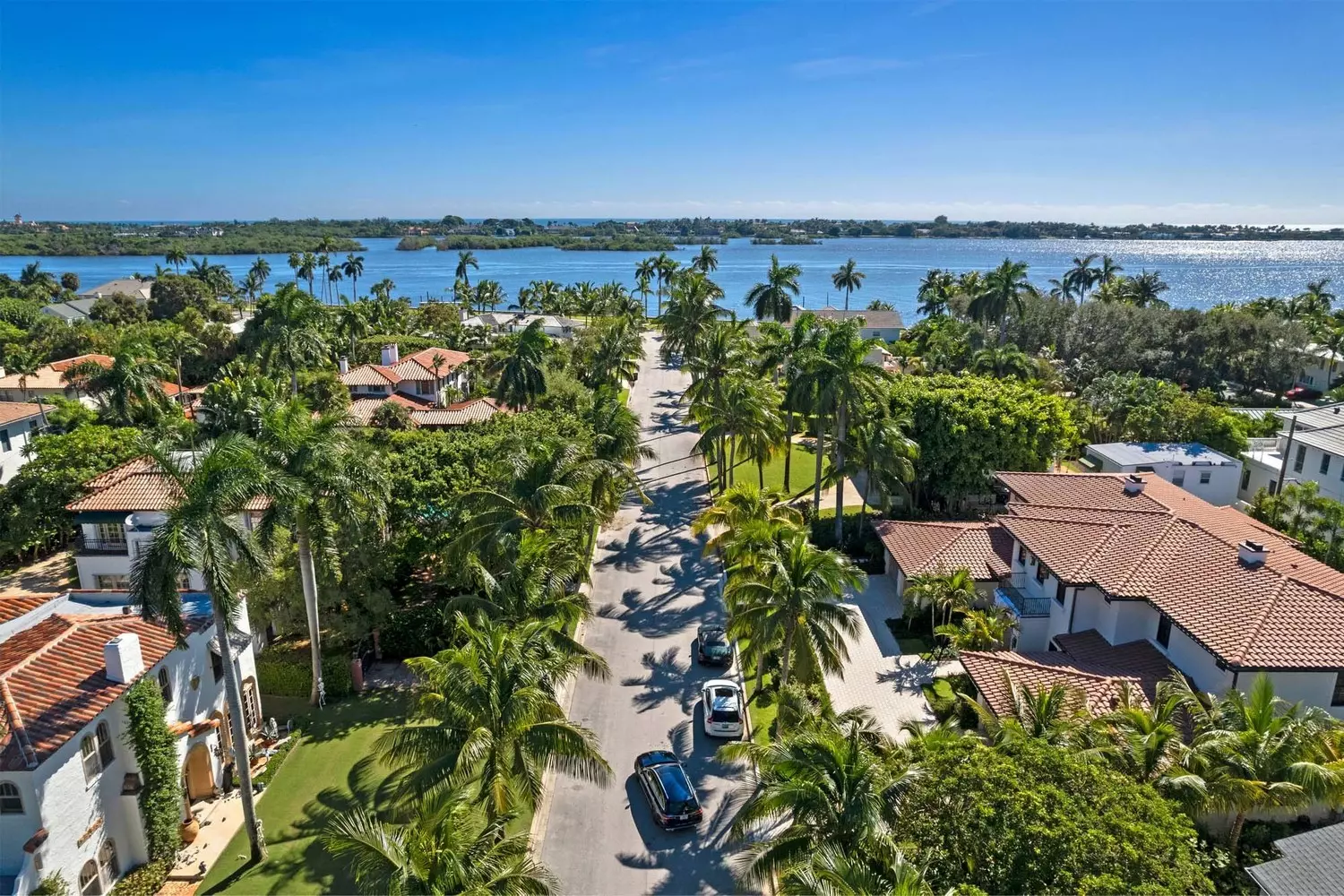
Texas Suburbs: Space, Tradition, and Southern Hospitality
Texas is a state where the sense of space is palpable at every step. In Texas suburbs, there are no narrow streets or dense urban development; the homes seem to breathe on their own, and lots often span several acres. This scale creates a feeling of freedom rarely found in other US states.
- 01. Architecture and layout
Texas suburbs are often perceived as mini-cities, where each street has its own character. Key features of local architecture include:
- Spacious brick homes with high ceilings;
- Large garages that can fit multiple vehicles;
- Private pools and backyards for family and neighborhood gatherings;
- Open kitchens and living rooms connected to terraces or patios;
- Landscaping with lawns, fruit trees, and decorative shrubs.
Fun fact: In some suburbs, especially around Dallas and Austin, the average lot size exceeds half an acre, providing ample space for barbecues, children’s play, and pets.
- 02. Nature and climate
Most Texas suburbs are located in warm zones, where summer lasts nearly half the year. Residents can enjoy open terraces, pools, and outdoor kitchens, while spacious backyards become the center of daily life.
Suburbs near hills or rivers offer incredible views, and the desert areas of Texas provide unique landscapes and a sense of vastness that is hard to describe. - 03. Culture and family traditions
One of the main features of Texas life is the barbecue culture. Family gatherings and neighborhood parties often take place in backyards, where the aroma of grilled meat blends with freshly cut grass. Texas suburbs are known for:
- Hospitality and openness of neighbors;
- Active communities hosting festivals, sports, and cultural events;
- Traditions passed down through generations.
- 04. Affordability and comfort
Unlike the suburbs of New York or California, land in Texas remains relatively affordable. Even a spacious lot with a large home and modern amenities can be purchased at a price far below that of coastal states.
At the same time, modern technology and comfort here rival those of big cities: smart homes, energy-efficient solutions, high-speed internet, and developed infrastructure make suburban life highly convenient.
Texas suburbs combine scale, traditions, and modern comfort. Here, you can enjoy space, sunshine, backyard activities, and genuine southern hospitality, all while being just a short drive from major metropolitan areas.

New England Suburbs: History, Coziness, and a Leisurely Pace of Life
New England is a region in the northeastern United States, encompassing the states of Massachusetts, Connecticut, Rhode Island, New Hampshire, Vermont, and Maine. The suburbs here have a distinctive charm: a blend of colonial history, small-town centers, and peaceful suburban living. While New York suburbs are a “compromise between city life and quiet,” and California suburbs are “life in the sun and outdoors,” New England suburbs breathe history and coziness, with a slow, almost meditative rhythm of life.
- 01. Architecture with character
New England suburbs are architecturally unique, preserving colonial American traditions that harmoniously blend with modern styles. Features of suburban homes include:
- Cape Cod
Compact houses with steep roofs, symmetrical facades, and window shutters. - Colonial Revival
Two-story homes with straight lines, entrance columns, and classic white facades. - Victorian and Queen Anne
Elegant carved details, turrets, and a vibrant color palette. - Modern interpretations
Large windows, open floor plans, merging old and new.
Most homes in New England suburbs are built from wood or stone, with cozy fireplaces that become the center of family gatherings in winter.
- 02. Seasonality and nature
Life here is closely connected to nature and the changing seasons.
- Autumn
The forests turn bright shades of orange and red, and farmers’ markets fill with apples and pumpkins. - Winter
Snowy landscapes turn the suburbs into real Christmas postcards; sledding and skiing become traditional pastimes. - Spring and Summer
Green lawns, blooming gardens, and quiet walks along trails make life harmonious and calm.
Residents value proximity to forests and lakes, perfect for fishing, boating, or simply enjoying nature without traveling far from home.
- 03. Education and culture
New England has historically been an educational hub: Harvard, MIT, Yale — these universities are located near the suburbs. Families often choose suburbs for high-ranking schools and advanced educational programs. Suburbs are also culturally rich:
- Small theaters and art galleries;
- Local festivals and farmers’ markets;
- Traditional craft workshops and stores with local goods.
- 04. Community and lifestyle
Life in New England suburbs is relaxed yet social. Neighbors often know each other by name, and communal celebrations are an important part of local culture.
- Small towns host fairs, Christmas parades, and harvest festivals;
- Interest clubs, sports teams, and book clubs foster a sense of community;
- Focus on quality of life — quiet streets, green yards, attention to home appearance.
Fun fact: Many New England suburbs have homes over 200 years old, yet actively incorporate modern technology, creating a remarkable blend of old and new.
New England suburbs offer a harmony of history, nature, and culture. Here, homes preserve generations of memory, streets exude coziness, and the rhythm of life combines modern comfort with the slow pace of small-town living. For those who value seasonal variety, education, and proximity to cultural centers, these suburbs become a true dream home.
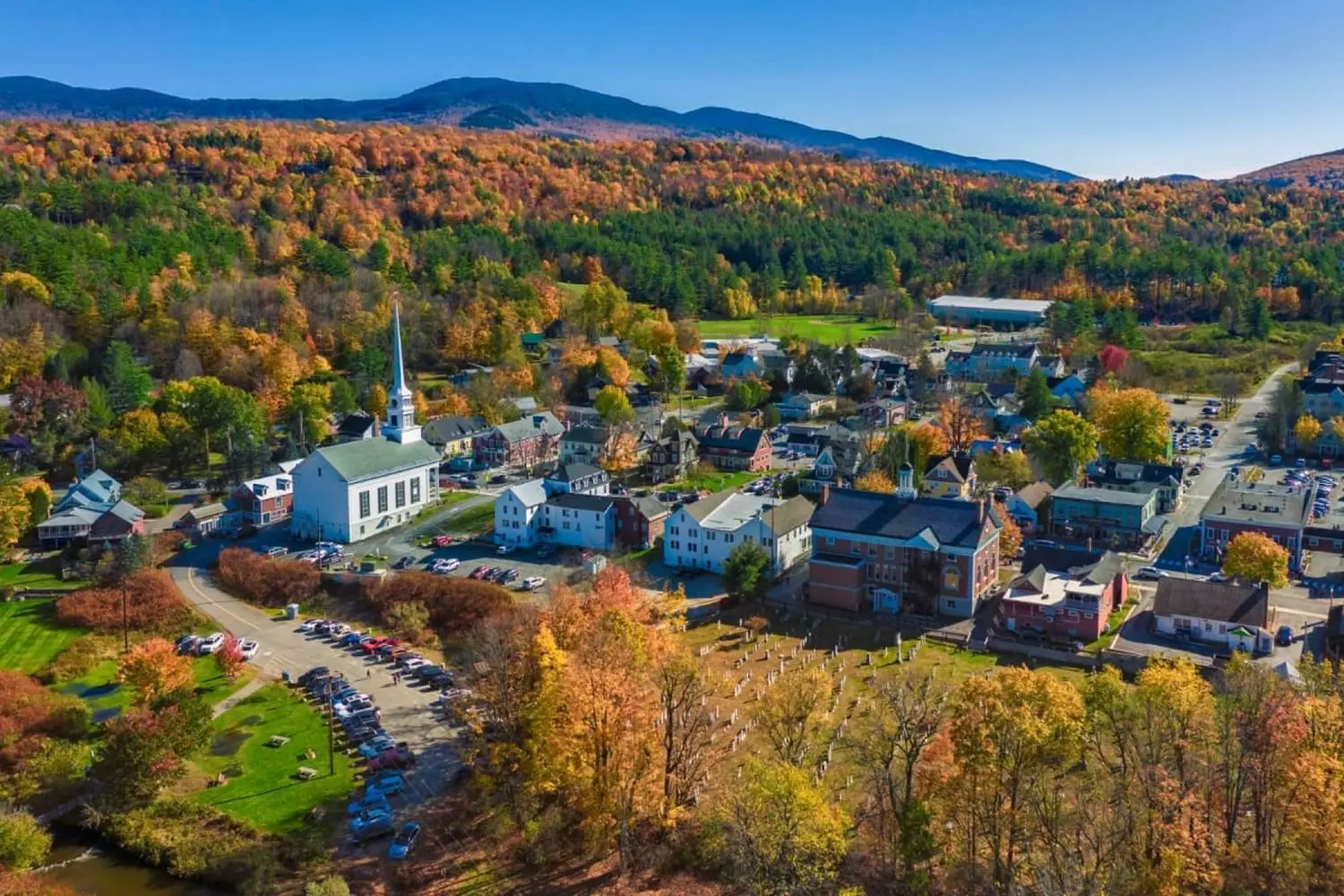
The Heartland and Midwest: The Core of One-Story America
If metropolitan areas and coastlines are the showcase of the United States, then the heartland of the Midwest is its true soul. There are no skyscrapers, trendy boutiques, or bustling streets here, but there is a measured pace of life, a close-knit community, and a connection to nature that can be felt in every home and on every plot of land.
- 01. Affordable housing and space
The Midwest is known for its inexpensive housing and large plots of land.
- Single-story homes with spacious backyards are typical in suburbs of states like Ohio, Indiana, Iowa, and Nebraska.
- Many plots exceed half an acre, providing space for gardens, garages, playgrounds, or barbecues.
- Homes are often built in ranch-style — practical, convenient, and durable.
This type of housing allows families to have their own slice of nature and personal space, something hard to achieve in densely populated cities.
- 02. Simple and practical architecture
The architecture of the heartland reflects the practicality of its residents.
- Single-story homes with straightforward layouts, often featuring a small porch or veranda;
- Wood and brick are the primary materials, sometimes complemented with siding;
- Simple roofs, built-in garages, and convenient backyards;
- Interiors are functional: kitchens and living rooms are often combined, and rooms are compact.
Fun fact: many homes are designed to adapt easily to seasonal changes — open windows and terraces in summer, enjoy a fireplace and insulated walls in winter.
- 03. Life in tune with the seasons
The Midwest is an agricultural region, so daily life is closely linked to nature and harvest cycles.
- Spring marks the planting season, with community life revolving around farm work;
- Summer brings harvest time and local festivals;
- Autumn is filled with school football games, fairs, and harvest celebrations;
- Winter offers quiet evenings by the fireplace, snow play with children, and preparations for the next season.
Rural and suburban life blend together, creating a steady rhythm where each day has purpose and a connection to nature.
- 04. Strong community bonds
In the heartland, people know their neighbors by name, help each other, and value their community.
- Every event — whether a school game, fair, or local festival — becomes a shared celebration;
- Neighbors gather for barbecues, helping newcomers settle in;
- Local stores, cafes, and libraries become hubs for socializing and support.
This community culture creates a sense of safety and warmth that is hard to find in urban areas.
The Midwest is the embodiment of single-story America: simple, practical, friendly, and closely connected to nature. Homes may not be luxurious, but they are comfortable; life is steady, yet meaningful; neighbors are not just passersby but part of a large, welcoming community. It’s a place where one can feel the true rhythm of American life, grounded in the land and the cycles of the seasons.
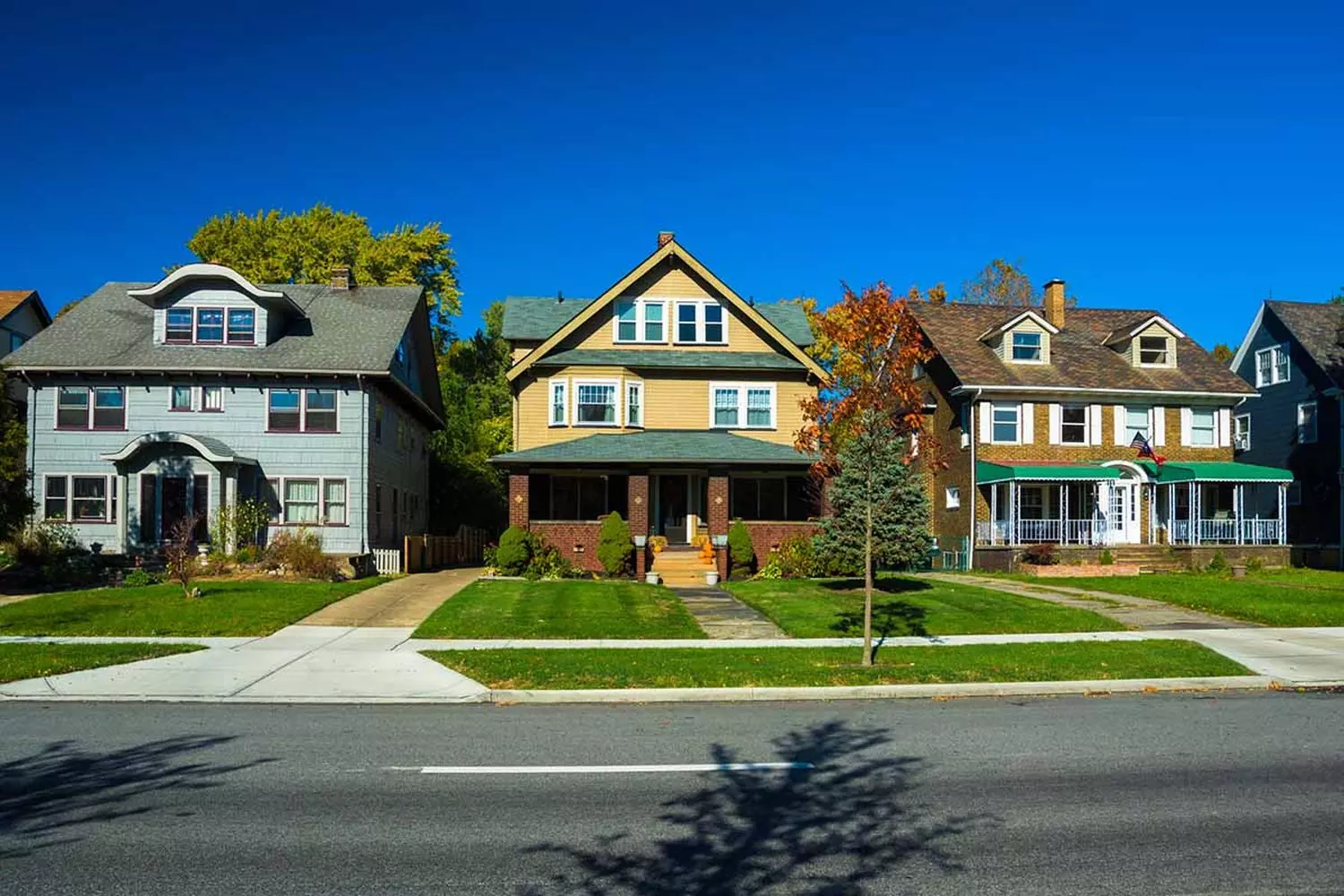
How American Suburbs Are Structured: Life Between Home and City
The American suburb is more than just a neighborhood of single-story homes and green lawns. It is a self-sufficient ecosystem where everything is thoughtfully planned — from infrastructure to leisure, from schools to transportation. Life here is steady, comfortable, and designed for maximum convenience.
- 01. Housing and streets
A typical suburb features:
- Single- and two-story homes with private yards;
- Neat streets with sidewalks and greenery;
- Local parks and playgrounds in every block;
- Occasionally, small community centers with cafés or libraries.
Homes often follow similar layouts: an open living area, kitchen with an island, two-car garage, backyard with a barbecue area. This design creates a sense of personal space and comfortable privacy.
- 02. Shops and services
Suburbs in the U.S. generally provide everything needed for daily life:
- Supermarkets and grocery stores;
- Pharmacies, beauty salons, cafés, small shopping centers;
- Bakeries, butcher shops, farmers’ markets;
- Gas stations, auto services, post offices.
Many suburbs feature a shopping plaza — a compact commercial area where residents can run errands, shop, and grab a bite in one trip.
- 03. Recreation and leisure
Americans value outdoor free time, so suburbs are equipped with:
- Parks and squares for walking, playing, or spending time with pets;
- Biking and walking paths;
- Sports complexes — tennis courts, basketball courts, swimming pools;
- Community clubs and leisure centers — yoga, workshops, and hobby clubs.
Many homes also have backyard terraces and barbecue areas where neighbors gather for dinners, celebrations, or casual evening get-togethers.
- 04. Transportation and commuting
Despite their apparent self-sufficiency, most suburban residents work or study in the city. Convenient transportation options include:
- Personal vehicles
The most popular choice, supported by spacious garages and convenient parking. - Public transport
Commuter trains, suburban buses, shuttles — especially common near major cities like New York, Chicago, or Boston. - Bikes and car-sharing
Ideal for short trips or commuting to business and shopping districts.
Commuting is central to suburban life: homes are often chosen so that a trip to the city takes between 20 minutes and an hour.
- 05. Schools and educational infrastructure
For families, suburbs offer proximity to top schools.
- School districts are designed so that schools are within walking distance;
- Additional options include daycare centers, after-school programs, clubs, and sports/music/art classes;
- Local libraries and cultural centers serve as community hubs for all ages.
- 06. Community and atmosphere
Life in the suburb revolves around neighbors and the local community. People know each other by name, celebrate together, and participate in sports and cultural events. Small towns and neighborhoods create a sense of belonging that is hard to find in a big city.
Fun fact: Many suburbs host local harvest festivals, craft fairs, and farmers’ markets where residents gather, and school sports games become the highlight of the week.
The American suburb combines comfort, infrastructure, and community life. It offers everything from a convenient home and schools to shops, parks, and transportation networks. It is a place where residents can enjoy a measured pace, connection to nature, and modern conveniences, all while remaining within easy reach of urban centers.
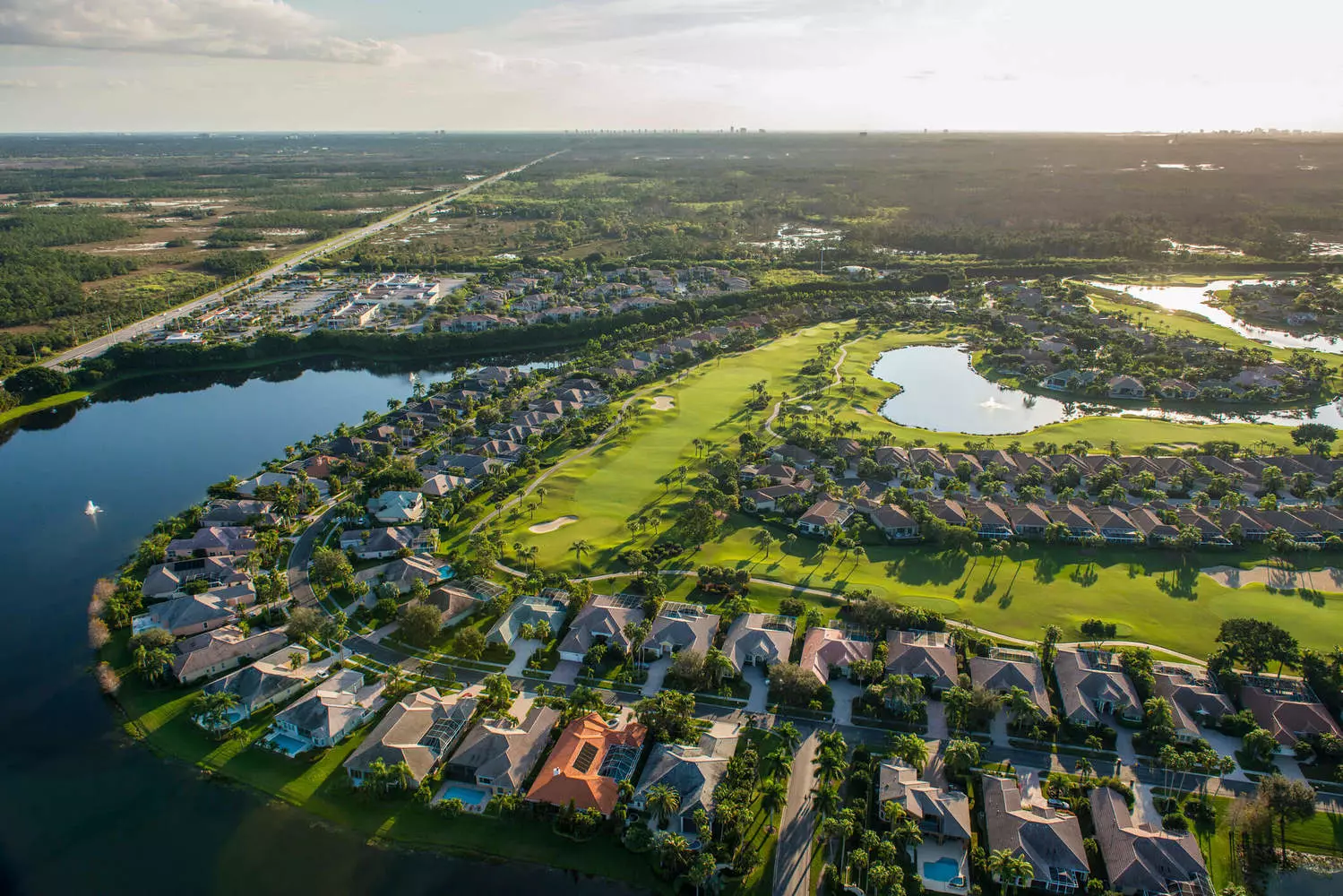
Suburban Life and Culture in the USA: A Steady Life with Character
The American suburb is not just a row of houses — it’s a way of life, steeped in tradition, neighborly friendship, and a love for simple pleasures. Every detail, every habit contributes to an atmosphere that sets suburbs apart from the bustle of the city or the solitude of rural areas.
- 01. The front lawn — a symbol of care and status
In U.S. suburbs, the lawn in front of the house is more than greenery; it’s a point of pride for homeowners.
- In the morning, families walk children and dogs, while neighbors keep an eye on the lawn’s neatness after work;
- Lawns are used for games, picnics, and small celebrations — from birthdays to Independence Day;
- Many homeowners invest in irrigation systems and decorative plants to keep the yard visually appealing.
Fun fact: American lawns are often considered the “calling card” of a family, and competitions for the best-kept lawn are held even in small towns.
- 02. The garage — more than a place for a car
The garage is the heart of suburban life:
- It stores not just cars but tools, bicycles, and garden equipment;
- Some families turn it into a workshop for hobbies — from woodworking to electronics repair;
- Garages are often spaces for mini-parties, seasonal storage of furniture, and sports gear.
Thus, the garage is both a practical and social space, indispensable in suburban life.
- 03. Neighborly gatherings and barbecue culture
Barbecue is at the heart of suburban culture. Neighbors connect informally over meals on backyards, surrounded by greenery and the aroma of grilled food.
- Summer often brings themed parties with music and games;
- Children play on lawns, adults chat, exchange news, plans, and recipes;
- These gatherings foster a sense of community where everyone knows and supports each other.
- School stadiums and sports grounds gather the community for games and events;
- Churches host festivals, concerts, lectures, and interest clubs;
- Local libraries, leisure centers, and clubs provide meeting points for all ages.
Education and spiritual centers shape public life, strengthening neighborly bonds and making the suburb self-sufficient.
- 05. Quiet as the backdrop of life
One of the most distinctive features of suburbs is their calm atmosphere. It’s not empty silence but a gentle background for daily life: children playing on lawns, rustling leaves, birds singing, distant cheers from sports games, or church bells.
This quiet creates a sense of safety, peace, and harmony highly valued by residents.
The daily life and culture of an American suburb combine simplicity, practicality, and community spirit. The lawn, the garage, backyard barbecues with neighbors, schools, and churches — all contribute to a measured, meaningful rhythm of life that city dwellers rarely experience. In the American suburb, every day balances personal comfort, neighborly connection, and harmony with the environment.
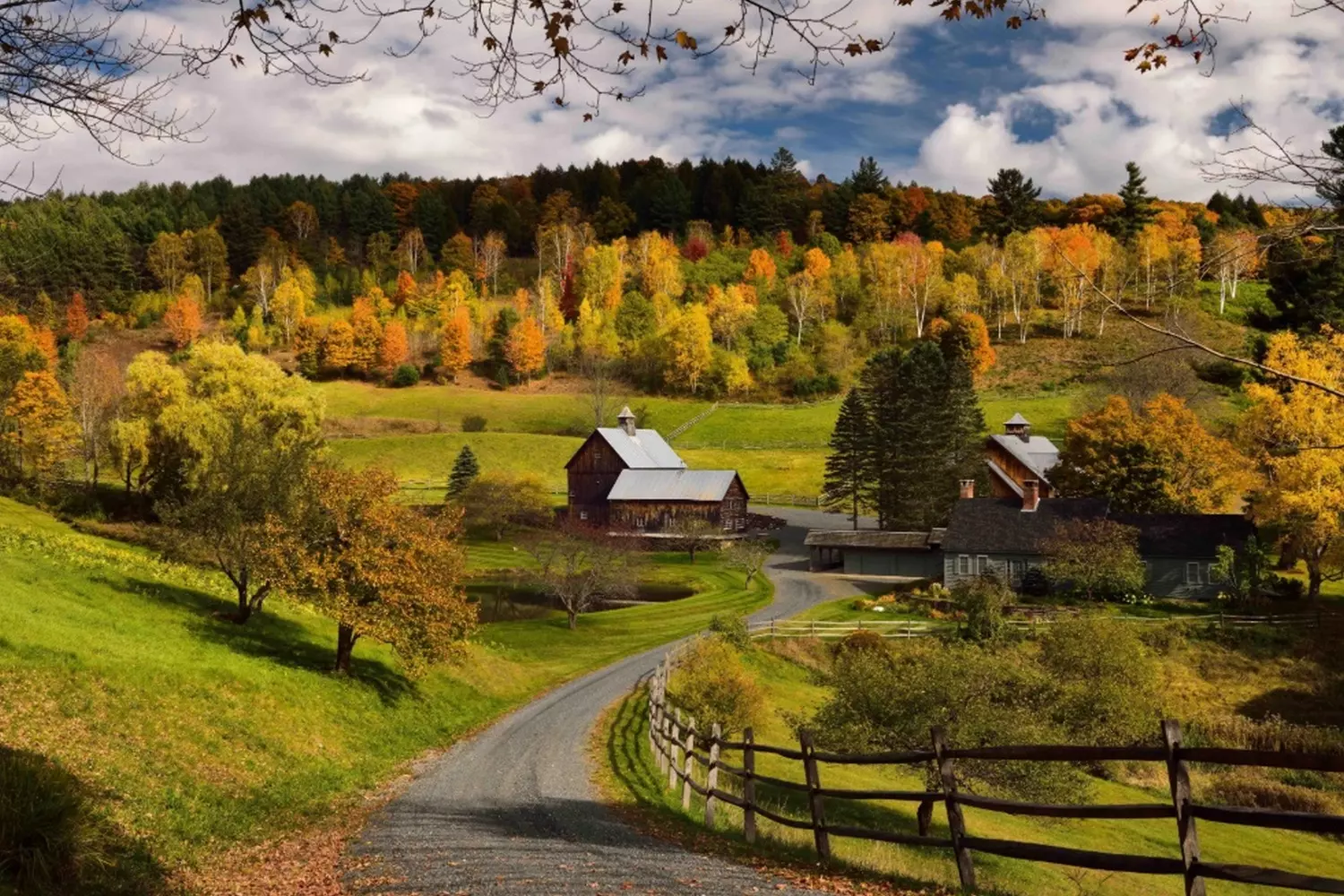
The American Dream: Why Suburbs Became a Symbol of Life in the USA
For many foreigners, America is associated with skyscrapers, Hollywood, or the fast pace of major cities. But for Americans, the essence of the country often reveals itself in the suburbs. This is where the values known as the “American Dream” come to life: home, family, space, and freedom.
- 01. Space and independence
One of the main reasons Americans love the suburbs is the opportunity to own a home with a private yard.
- Each house with a lawn, garden, and garage symbolizes personal space and independence;
- Owning a private lot allows a family to organize life as they wish — from children playing on the lawn to barbecues with neighbors;
- In the suburbs, people can feel in control of their own lives, which is especially valuable after years of work or study in the city.
Interesting fact: In surveys, over 70% of Americans consider owning a home with a yard an important life goal.
- 02. Family and safety
The suburbs are a place where children can be raised safely.
- Low population density and lighter traffic make streets safe for walking and playing;
- High-quality schools and accessible extracurricular programs create favorable conditions for education and development;
- Strong neighborhood connections mean you can rely on help and support at any time.
For Americans, this is not just convenience — it is a social value reflecting care for family and the next generation.
- 03. Connection to nature and a healthy lifestyle
Suburban life allows residents to be closer to nature:
- Green lawns, parks, bike paths, and walking trails provide natural spaces for sports and recreation;
- Backyards become an extension of the home — hosting picnics, growing vegetables, and planting flowers;
- Fresh air and less noise create a healthier, more measured rhythm of life.
Americans value this as a way to maintain balance between work, leisure, and personal life.
- 04. Practicality and comfort
Suburbs combine the convenience of urban infrastructure with the simplicity of country life:
- Shops, schools, gyms, and medical centers are within walking distance;
- At the same time, houses are spacious and private, and streets are free from constant city noise;
- Residents can independently plan their day, balancing work, rest, and socializing with neighbors.
This combination of convenience and freedom is what makes suburban life desirable for most Americans.
- 05. Symbol of status and success
For many, moving to the suburbs is not just about comfort but also a sign of achieving personal goals:
- Owning a home with a yard is associated with financial stability;
- The ability to balance career and family life in the suburbs is considered ideal;
- A small cozy house with a lawn and garage is a visual and emotional symbol of the American Dream, passed down from generation to generation.
Americans love the suburbs for the space, freedom, and sense of control over their lives. Here, children can grow up safely, residents can enjoy the outdoors, build friendships, and at the same time be part of modern society. Life in the suburbs is not just a habit — it is a cultural value and an embodiment of the American Dream, passed down through generations.
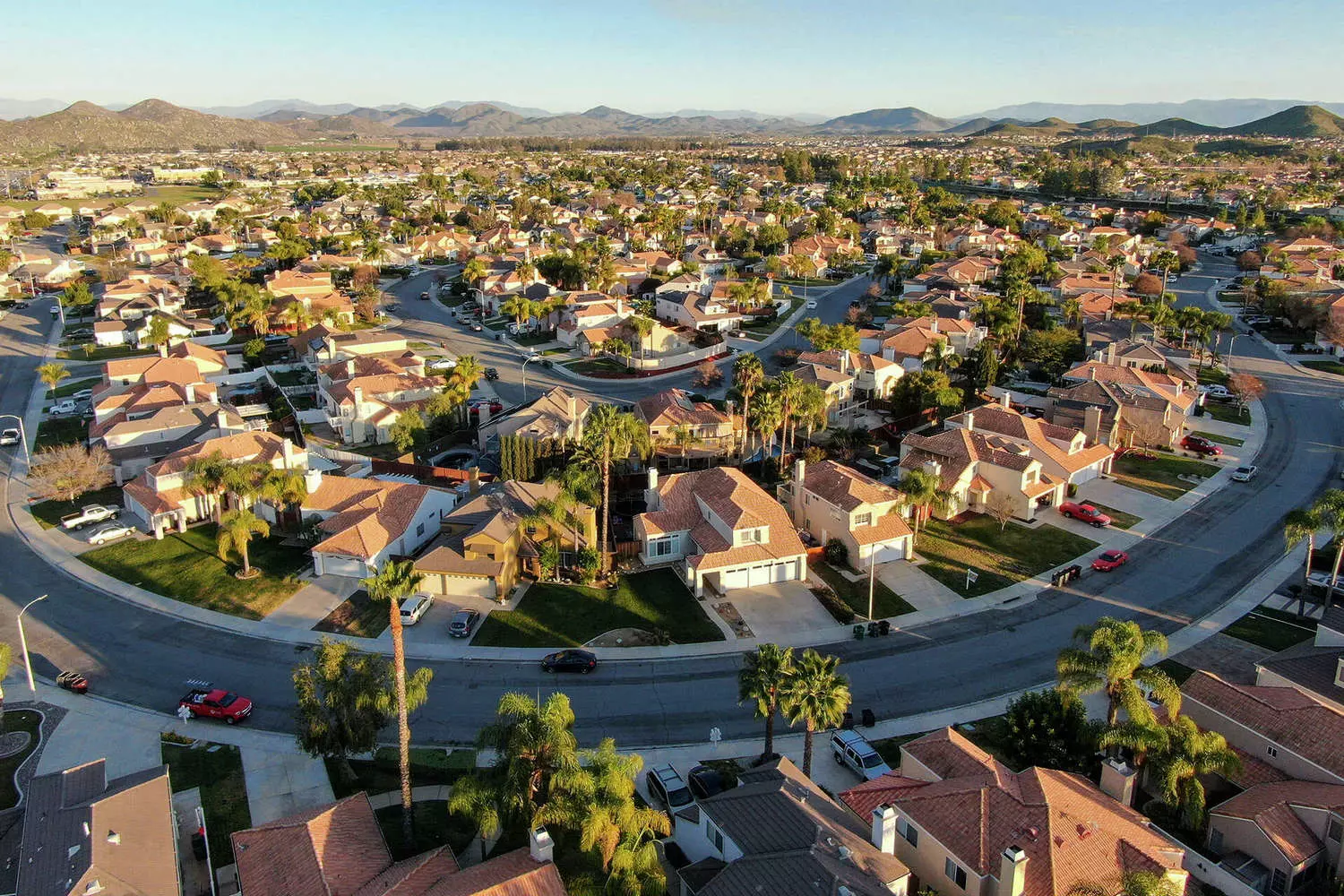
One-Story America: 20 Surprising Facts About Life in American Suburbs
Suburbs of the USA are not just rows of identical houses with manicured lawns. Beneath the apparent idyll lies a fascinating history, cultural paradoxes, and even social experiments. Why did white picket fences become a symbol of the “American Dream”? How did the automobile transform the landscape of the country? And is it true that life in the suburbs is boring?
Here are 20 little-known facts about “single-story America” that will change your perception of life beyond the city limits.
- 01. The first suburb was built for white people
After World War II, suburbs like Levittown were created as neighborhoods exclusively for white families. Federal housing loans were often denied to Black people, and racial restrictions in property deeds persisted until the 1960s. This led to the phenomenon of “white flight” — the mass relocation of white families from cities to suburbs. - 02. Twin houses: economy or monotony?
Postwar suburbs were built like a conveyor belt: houses were assembled from standard parts, much like cars. In Levittown, for example, there were only six layout options. This reduced construction costs but turned neighborhoods into a “sea of identical boxes” — critics called this landscape “architectural depression.” - 03. The car — king of the suburbs
Without a car, surviving in an American suburb is nearly impossible: schools, stores, and even post offices are often several miles from home. On average, a resident makes 13 trips per day, and the lack of public transport makes a car the only option. - 04. “Bedroom communities” versus skyscrapers
In the 1950s, suburbs emerged as a response to overcrowded cities. People fled noise, dirt, and crime, but ended up creating dependence on cars and long commutes. Today, the younger generation (millennials) often prefers to move back to cities. - 05. The wealthiest suburb is in New York
Scarsdale in New York state tops the list of the richest suburbs: the average family income here is $601,000, and a house costs $1.2 million. The area is popular among lawyers, financiers, and scientists, with 90% of residents holding a college degree. - 06. Suburban “lawn wars”
Americans are obsessed with perfect lawns: many homeowners’ associations (HOAs) fine residents for unkempt grass or the wrong fence color. In some areas, even drying clothes outdoors is prohibited — it “ruins the view.” - 07. University suburbs — intellectual oases
Some suburbs grew around universities (e.g., Princeton, New Jersey). Professors, students, and researchers live here, and the atmosphere resembles European academic towns. - 08. “Quiet streets” — not for everyone
Although suburbs are marketed as safe family environments, they have their own problems: teenage loneliness, high anxiety levels, and even an “opioid epidemic.” The lack of public spaces worsens social isolation. - 09. “Satellite city” without residents
Irving, California is one of the safest suburbs in the US, but with one peculiarity: there are almost no homeless people. The city is designed so that they simply have nowhere to hide (benches with bars, sloped roofs, etc.). Critics call this “exclusionary architecture.” - 10. A suburb where only millionaires live
Highland Park (Texas) is one of Dallas’s wealthiest suburbs. There are no apartments, and the average house price is $2.1 million. But the main feature: public parking is forbidden. If you don’t have a garage, there’s nowhere to park your car. - 11. Underground tunnels for servants
In the 1950s, wealthy families in Connecticut and Florida built hidden tunnels so that servants could move through the house without being seen by guests. Some of these passages still exist today. - 13. “Forbidden city” for CIA employees
Centerville (Virginia) is a suburb where many CIA employees live. Airbnb rentals are prohibited, and neighbors rarely know what each other does for a living. Locals joke: “If someone says they work in a ‘government agency,’ it’s better not to ask for details.” - 14. Suburb where every family has a fallout shelter
During the 1950s Cold War, Las Vegas sponsored the construction of private bunkers in the suburbs. In the Paradise Palms area, houses with underground shelters for nuclear attacks still exist today. Some owners have turned them into wine cellars or home theaters. - 15. Underground city for millionaires
In Hidden Hills (California) — an exclusive suburb home to Kim Kardashian and Drake — there is a whole network of underground tunnels. Celebrities can move between houses without being spotted by paparazzi. - 16. Ghost highways: roads to nowhere
In Florida and Arizona, there are “zombie suburbs” — unfinished neighborhoods with empty roads and streetlights but no houses. Construction began before the 2008 crisis and was then abandoned. These areas are now popular with urban explorers and post-apocalyptic filmmakers. - 17. “Arson night” — legal vandalism
In the suburb of Detroit (Michigan), the “Devil’s Night” unofficial holiday takes place each year, when teenagers set fire to abandoned houses. In the 1980s, up to 800 buildings burned in one night. Today, authorities fight the tradition by organizing night patrols. - 18. A neighborhood where certain things are forbidden…
- In the elite suburb Highland Park (Texas), hanging sheer or heavy curtains on street-facing windows is prohibited. Authorities believe it “violates the neighborhood’s aesthetics.” Residents either use blinds or live with fully exposed windows.
- In prestigious Palm Beach (Florida), it is illegal to plant flowers in bright colors. All flower beds must be in pastel shades to “maintain visual harmony.” Violators are fined $500.
- In elite San Francisco neighborhoods, 80% of HOAs prohibit dark-colored doors. They are considered to “ruin the neighborhood’s mood.” Approved colors include beige, blue, and emerald.
- 19. Secret rooms and spaces
- In wealthy Connecticut suburbs, “disappearing pools” are popular. When guests leave, the pool sinks underground in 60 seconds, and a flat lawn appears in its place. The system costs from $250,000.
- Every fifth house in wealthy Texas suburbs has hidden spaces, usually galleries for private collections (from cars to art), disguised as ordinary walls. Some mansions have up to three such “secret floors.”
- In Bel-Air (California), some underground garages are larger than the house itself. They don’t just park cars — they host retro car exhibitions with climate control and museum lighting.
- 20. End of an era?
Today, suburbs face a crisis: rising gas prices, environmental issues, and demand for walkability have urban planners talking about the “death of suburbs.” Yet 70% of Americans still live in suburban areas — it seems the “single-story dream” is far from over.
Suburbs in the USA are not just houses, but a whole philosophy of life. Some see them as a refuge from urban chaos, others as “golden cages.” They have their own secrets, strange laws, and even ghosts. As the saying goes, “still waters run deep”…
Bonus:
- In Sun City (Arizona) — a suburb for retirees — children are not allowed to live. If you are under 55, you can visit, but no longer than 90 days per year.
- And in the suburbs of Seattle, special houses are now being built for drones — where delivery drones can charge and drop off packages without disturbing homeowners.
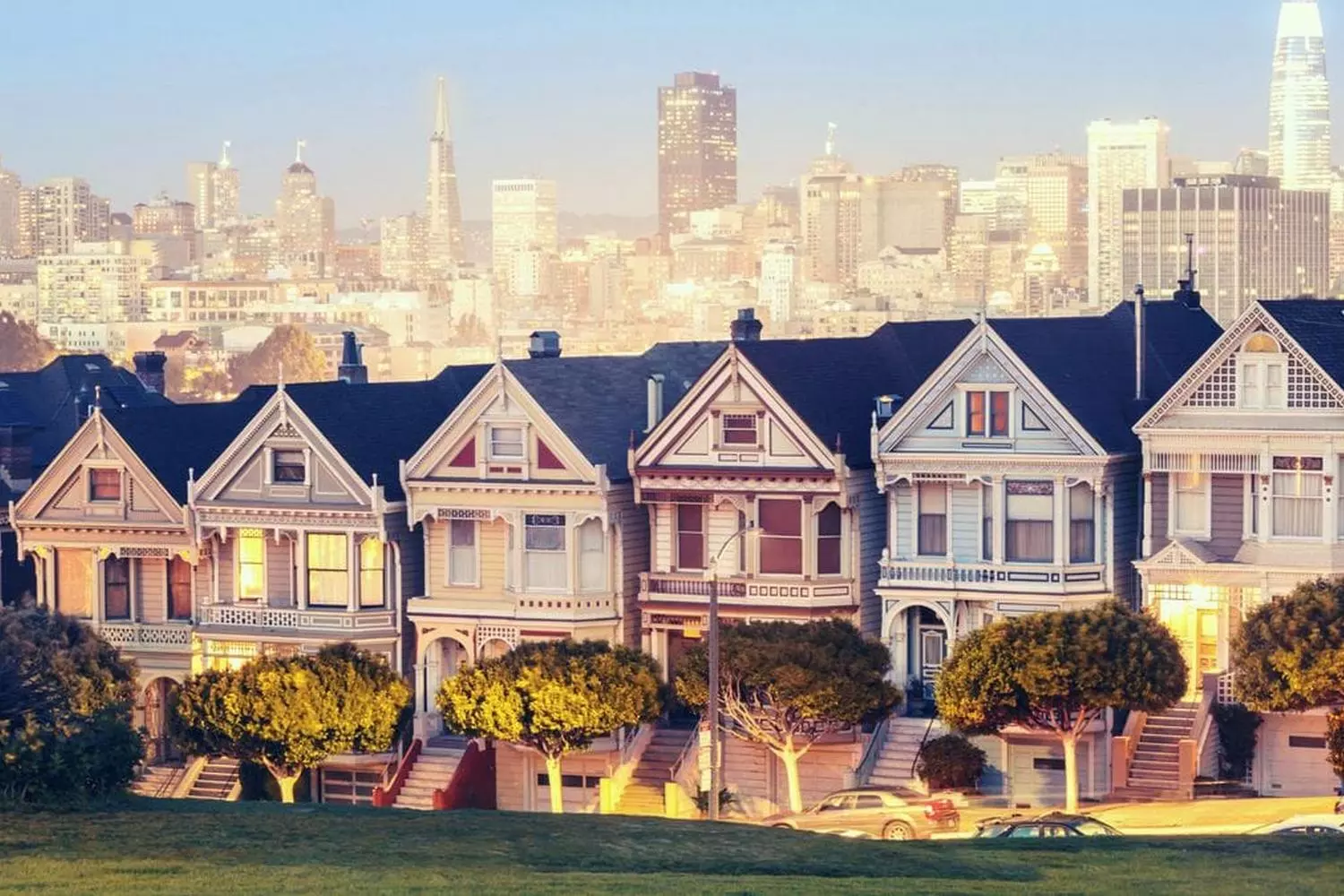
American Butler — Your Guide to Life in America
American suburbs attract tourists not only with their unique atmosphere but also with the opportunity to experience the American Dream firsthand. For those who want to immerse themselves in the leisurely rhythm of suburban life or find their ideal home, American Butler’s services become indispensable.
American Butler organizes comprehensive tours of various U.S. suburbs, tailored to clients’ interests and preferences. Each tour is a chance to explore homes, parks, schools, shops, and recreational centers, as well as to meet locals and experience their way of life.
For those looking for housing in the suburbs, American Butler assists with:
- Identifying the optimal region and neighborhood based on budget, climate, infrastructure, and educational opportunities;
- Organizing home and apartment viewings with guidance and professional advice;
- Handling transactions and bureaucracy to make the process of buying or renting as safe and comfortable as possible.
American Butler offers not only tours and real estate selection but also comprehensive support:
- Car rentals or arranging transfers;
- Consultations on local schools and kindergartens;
- Organizing excursions to any attractions.
With American Butler, you gain a full range of opportunities to explore American suburbs, understand their culture, evaluate infrastructure, and make an informed housing choice. It’s convenient, safe, and engaging, allowing you to experience the American Dream in reality — not just on the pages of magazines.































